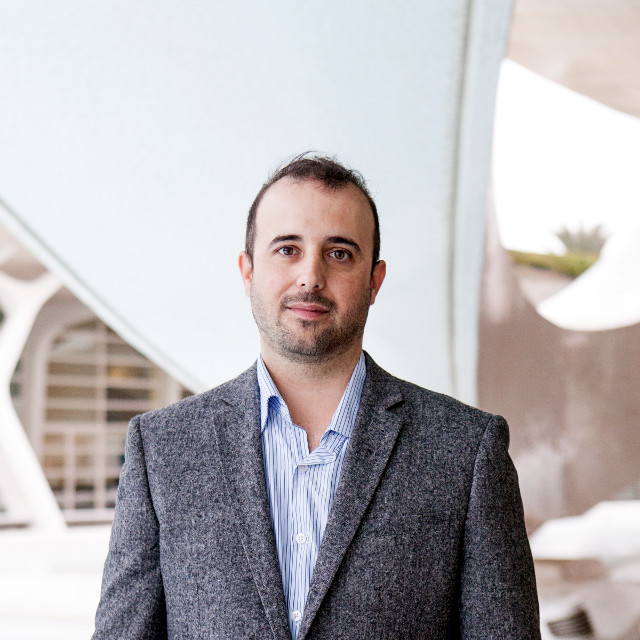User Tasks Description: a Retrospective, Recent Contributions and some Research Challenges
Professor Philippe Palanque
Université Toulouse III – Paul Sabatier
Abstract: Describing users tasks has been the focus of research for many years starting with the seminal work from Annett and Duncan in 1967. Since then, the Human Factors and Human Computer Interaction domains have proposed multiple contributions identifying the elements that have to be gathered and represented in order to describe precisely the relevant aspects of users tasks. This keynote will highlight these fundamental elements of tasks descriptions and will state the current state of the art. A specific view on how to use such descriptions to design and assess automation will be given. Some publicly available tools will also be presented together with their use in various industrial application domains. These applications will be the opportunity to identify remaining research challenges for tasks description and modeling.
Philippe Palanque is professor in Computer Science at the University Toulouse 3 and is head of the ICS (Interactive Critical System) research group at IRIT (Toulouse Research Lab in Computing Sciences). For many years he has been involved in several research projects funded by the French Department of Defense dealing with the notations and tools for the specification of real-time interactive systems (including Command and Control systems for drones, multimodal interfaces for military cockpits and ground segment systems in satellite control rooms, Air Traffic Control workstation, …). As for civil aviation, he is now involved in the specification and certification issues of new interactive cockpits (that have to be compliant with ARINC 661 specification standard) of aircrafts including Airbus A350, or Boeing 787 with a recent focus on multi-touch interactions. He edited and co-edited more than twenty books or conference proceedings and co-authored more than 200 refereed publications in international conferences and journals. He is a member of SIGCHI Academy and chair of the IFIP Technical Committee on Human-Computer Interaction.
Computational Modeling of Handwriting Movements
Dr. Luis A. Leiva
Aalto University
Abstract: Quite often, in order to develop new interaction techniques, a set of representative users is required to annotate as much behavioral data as possible. This is a very time-consuming and costly process, and can be prohibitive to many researchers. To bridge this gap, I will present recent advances to create synthetic but realistic human movement data. Concretely, in this talk I will share my vision about artificially generated human-like handwriting movements and how they can be used to create or enrich existing datasets, unburdening thus both the users and the experimenter. Researchers can also benefit from producing synthetic material in order to conduct experiments at low risk and build rich data-driven simulations of user behavior.
 Luis A. Leiva holds two undergraduate
degrees (Industrial Design and Industrial Engineering), an
MSc in Electrical Engineering, an MAS in Pattern
Recognition and Artificial Intelligence, and a PhD in
Computer Science. He is the co-founder and former director
of technology of Sciling, an SME agency specialized in B2B
Machine Learning solutions.
Luis A. Leiva holds two undergraduate
degrees (Industrial Design and Industrial Engineering), an
MSc in Electrical Engineering, an MAS in Pattern
Recognition and Artificial Intelligence, and a PhD in
Computer Science. He is the co-founder and former director
of technology of Sciling, an SME agency specialized in B2B
Machine Learning solutions.
Previously he was a
research fellow of the PRHLT Research Center at the
Technical University of Valencia, Spain. His research
interests lie at the intersection of Human-Computer
Interaction and Machine Learning.
His main research
area is computational interaction, where he combines
computational thinking with data-driven models and methods
to enable, explain, and support user interaction. He is
affiliated with the Finnish Center for Artificial
Intelligence (FCAI) and is a professional member of the
Association for Computing Machinery (ACM). He currently
serves as an associate editor for the International
Journal of Human- Computer Studies. He often serves in the
program committee of several conferences and journals of
various computer science disciplines, including
Human-Computer Interaction, Machine Learning, Information
Retrieval, and Natural Language Processing. He is also the
recipient of several awards both from industry and
academia.
